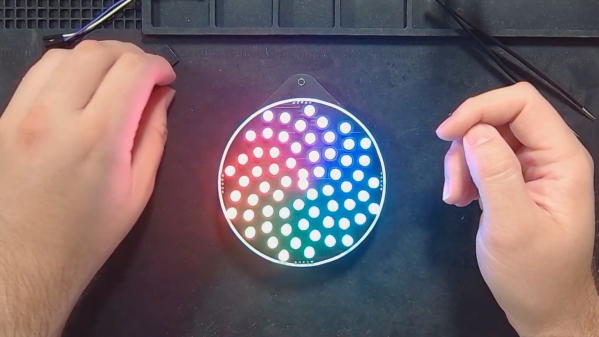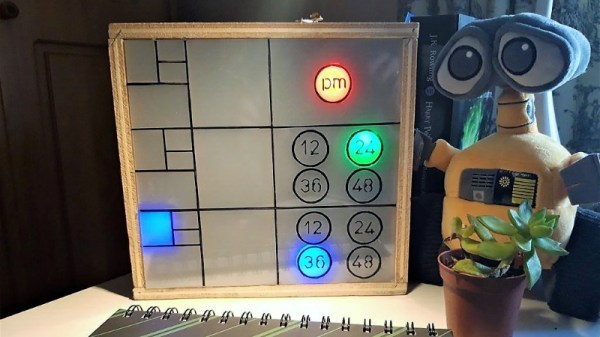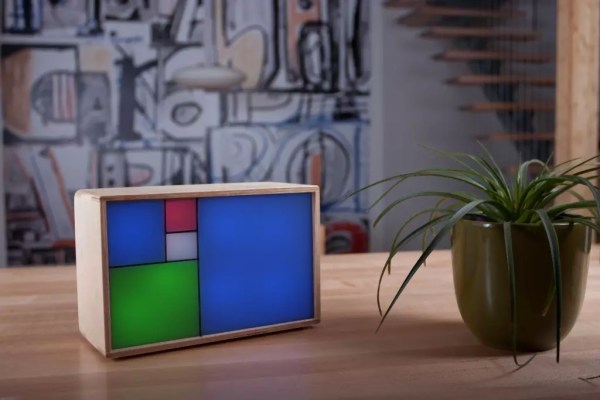Don’t ask us why, but hackers and makers just love building clocks. Especially in the latter case, many like to specialize in builds that don’t even look like traditional timepieces, and are difficult to read unless you know the trick behind them. [NerdCave] has brought us a pleasing example of such a thing, in the form of this gorgeous Fibonacci clock.
The build was inspired by an earlier Fibonacci clock that later became a Kickstarter project. Where that build used an Atmega328P, though, [NerdCage] landed on using a Raspberry Pi Pico W instead. The build throws the microcontroller board on a custom PCB, and sticks in inside an attractive 3D-printed enclosure. Black filmanet was used for the body, while white filament was used for the face of each square to act as a diffuser. Addressable RGB LEDs are used to illuminate the five square segments of the clock.
Obviously, you’re wondering how to read the clock. All you need to know is this. The first five numbers in the Fibonacci sequence are 1, 1, 2, 3, and 5. Each square on the clock represents one of these numbers—the side lengths of each square match these numbers. Red and green are used to represent hours and minutes, respectively, while a blue square is representing both. Basically, to get the hour, add up the values of red and blue squares, and to get the minutes, do the same with green and blue squares, but then multiply by 5. In the header image, the clock is displaying 8:55 PM… we think.
We’ve featured Fibonacci-themed clocks before, albeit ones with entirely different visual themes. Video after the break.
Continue reading “Fibonacci Clock Looks Like Beautiful Modern Art”
















